In the vast tapestry of Earth’s biodiversity, some animals stand out as elusive enigmas, occupying remote corners of the globe and facing the looming threat of extinction. These rare creatures, often teetering on the edge of existence, showcase the fragility of our planet’s ecosystems and the urgent need for conservation efforts.
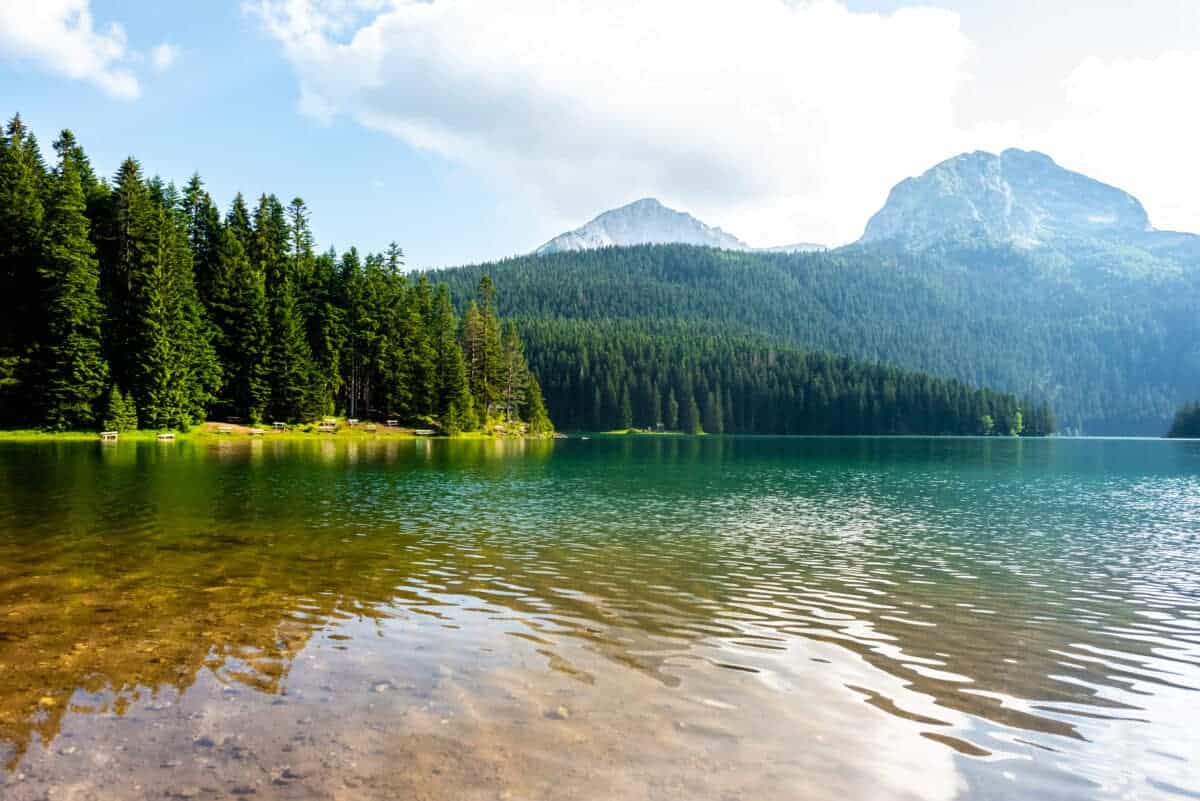
While some animal sitings are common, others have mastered the art of disguise, which is an even more impressive feat in an age where drones can scan kilometers in seconds. Take the Yosemite Wolverine, for instance; only two have been spotted within a century.
While we know there are other animals just as elusive, below showcases some of the earth’s rarest animals:
1. Axolotl (Ambystoma mexicanum):
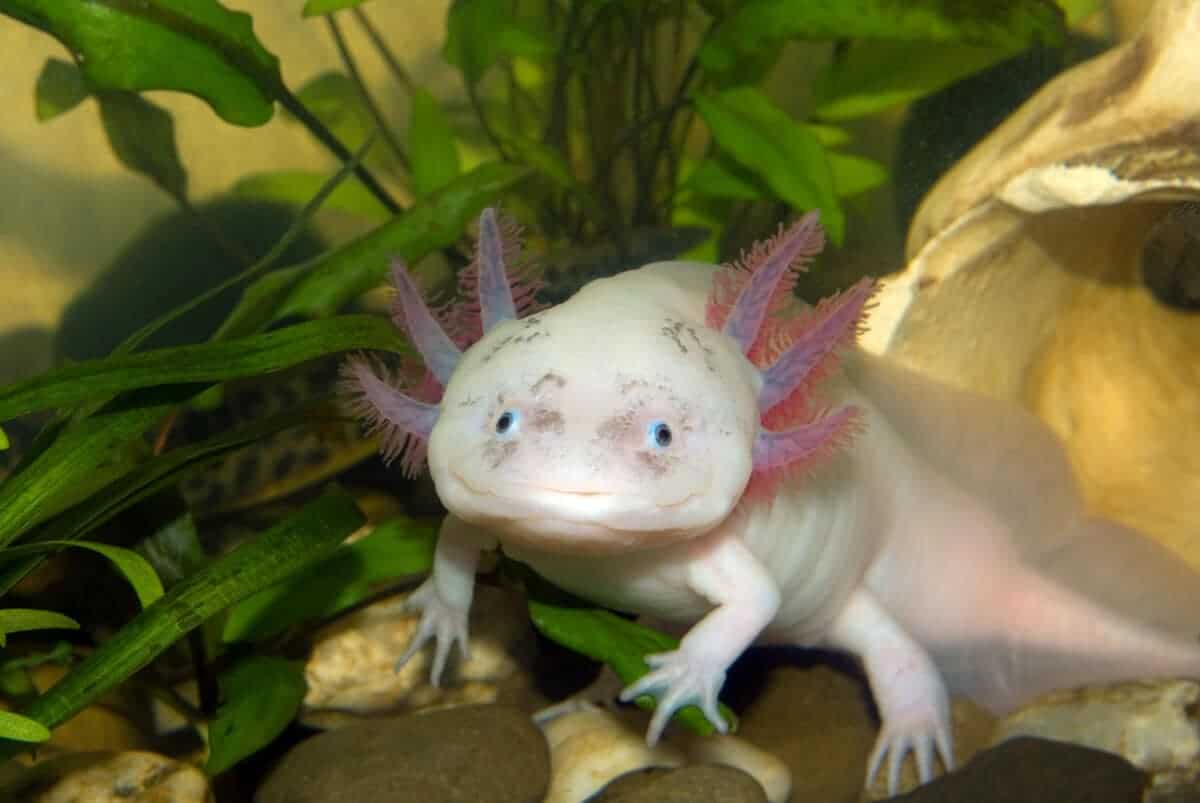
Dwelling exclusively in the Xochimilco canals of Mexico City, the axolotl is a mesmerizing aquatic creature that has captivated biologists for centuries. Known for its remarkable ability to regenerate body parts, the axolotl is often referred to as the “Mexican walking fish” although it is not a fish but an amphibian. Rapid urbanization and pollution in the Xochimilco region have placed the axolotl on the brink of extinction, making it critically endangered. Conservationists are working tirelessly to preserve its habitat and combat water pollution, offering a glimmer of hope for this extraordinary species.
2. Vaquita (Phocoena sinus):

The vaquita, the world’s smallest porpoise, is on the brink of extinction with a population dwindling in the Gulf of California. Endemic to this region, the vaquita faces the grim reality of accidental entanglement in illegal fishing gear, particularly gillnets set for another endangered species, the totoaba fish. Despite international conservation efforts and fishing bans, the vaquita’s population continues to decline. Urgent measures are required to enforce fishing regulations and protect its diminishing habitat.
3. Javan Rhino (Rhinoceros sondaicus):
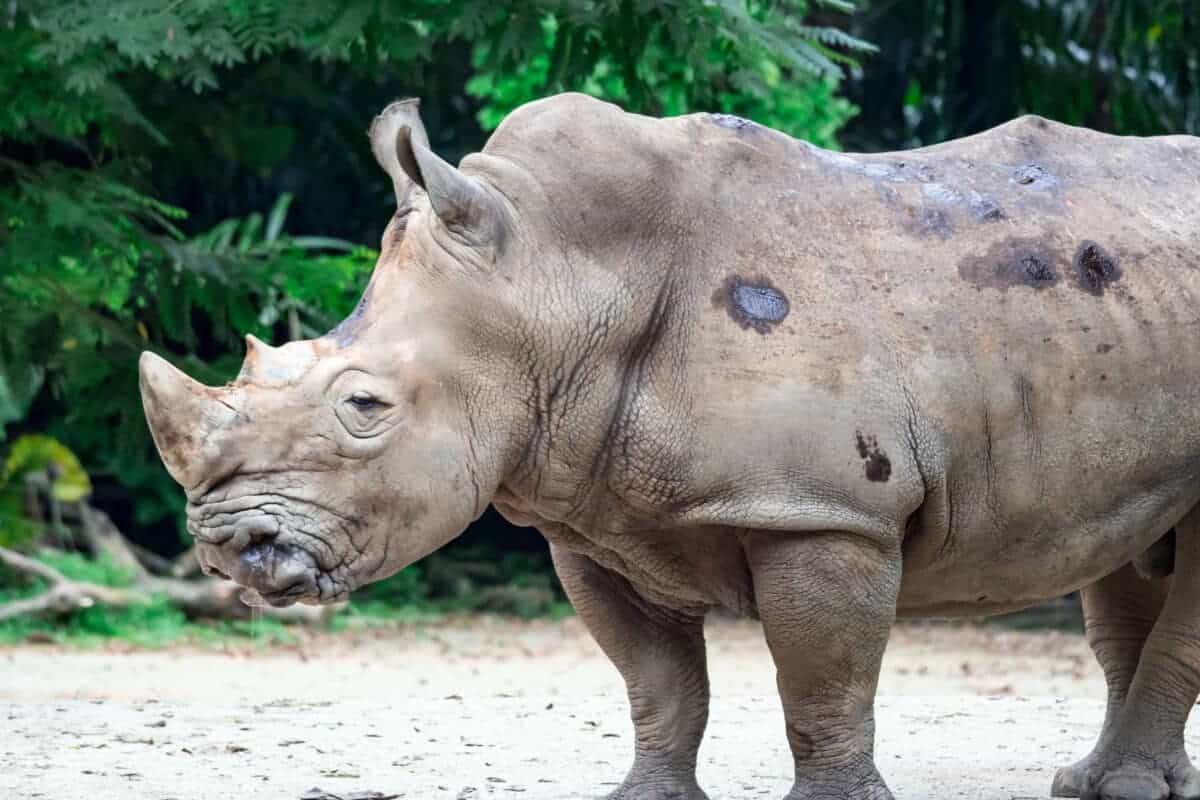
Native to the dense rainforests and swamps of Java, Indonesia, the Javan rhinoceros is one of the rarest large mammals on the planet. With a population estimated to be fewer than 80 individuals, this critically endangered species faces the constant threat of habitat loss due to agriculture and human encroachment. Conservation initiatives aim to safeguard the remaining population, but the challenges are immense, requiring concerted efforts to preserve its habitat and address the complex relationship between wildlife and local communities.
4. Kakapo (Strigops habroptilus):
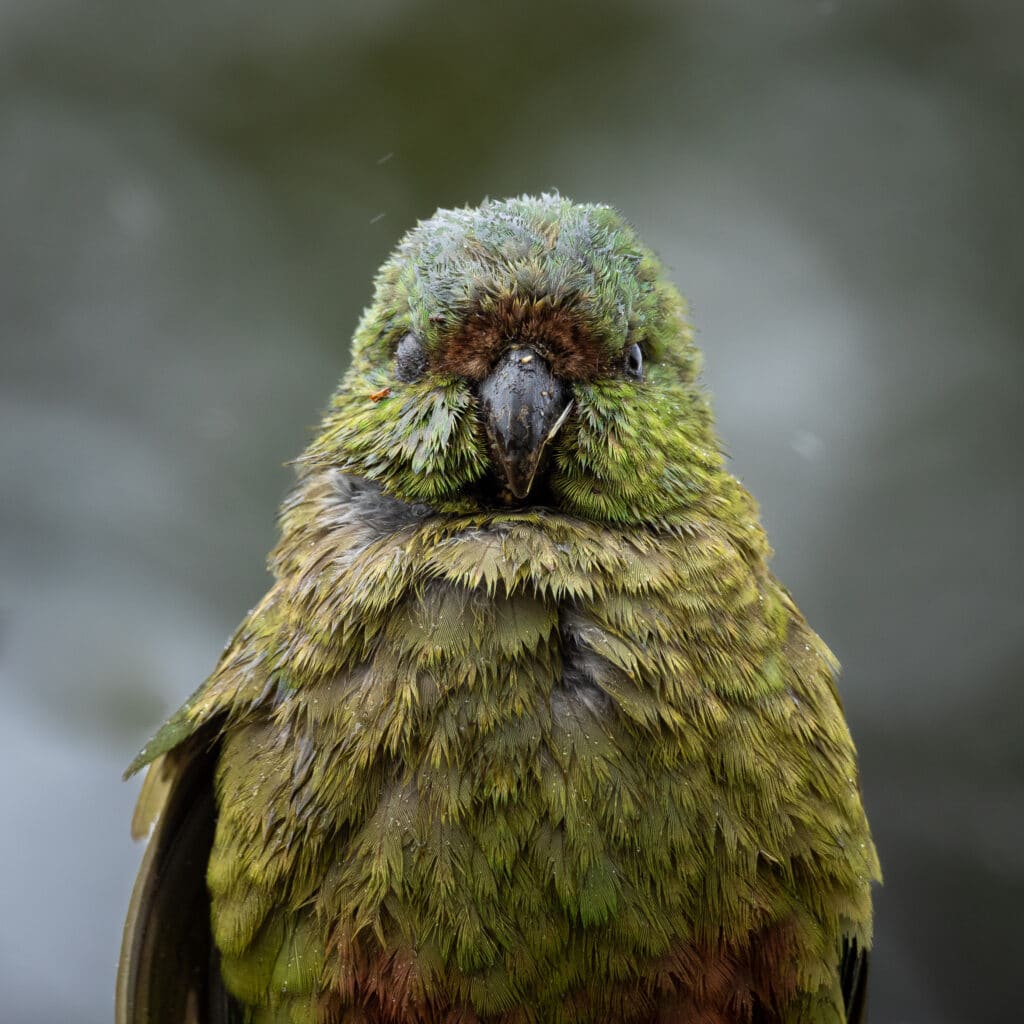
Endemic to New Zealand, the kakapo, or night parrot, is a nocturnal and flightless bird that has evolved in isolation. Once considered extinct, a small population was rediscovered in the 1970s. Conservationists have since launched extensive programs to protect this peculiar parrot, which faces threats from introduced predators such as rats and cats. Habitat restoration and predator control are crucial for the kakapo’s survival, as well as the implementation of innovative breeding programs to increase its numbers.
In the face of escalating threats, these rare animals are emblematic of the challenges our planet faces in maintaining biodiversity. Conservation efforts must address not only the protection of their habitats but also the complex socio-economic factors contributing to their decline. As we strive to understand and protect these extraordinary species, we must recognize that their survival is intricately linked to the health of our planet and, ultimately, our own.
Join our Forum for free today!

- Second American Killed by Elephant in Zambia This Year - July 22, 2024
- Elderly Man Kills Grizzly Bear in Montana - July 22, 2024
- Missing Cat Found Weeks Later, 40 Miles Away - July 21, 2024

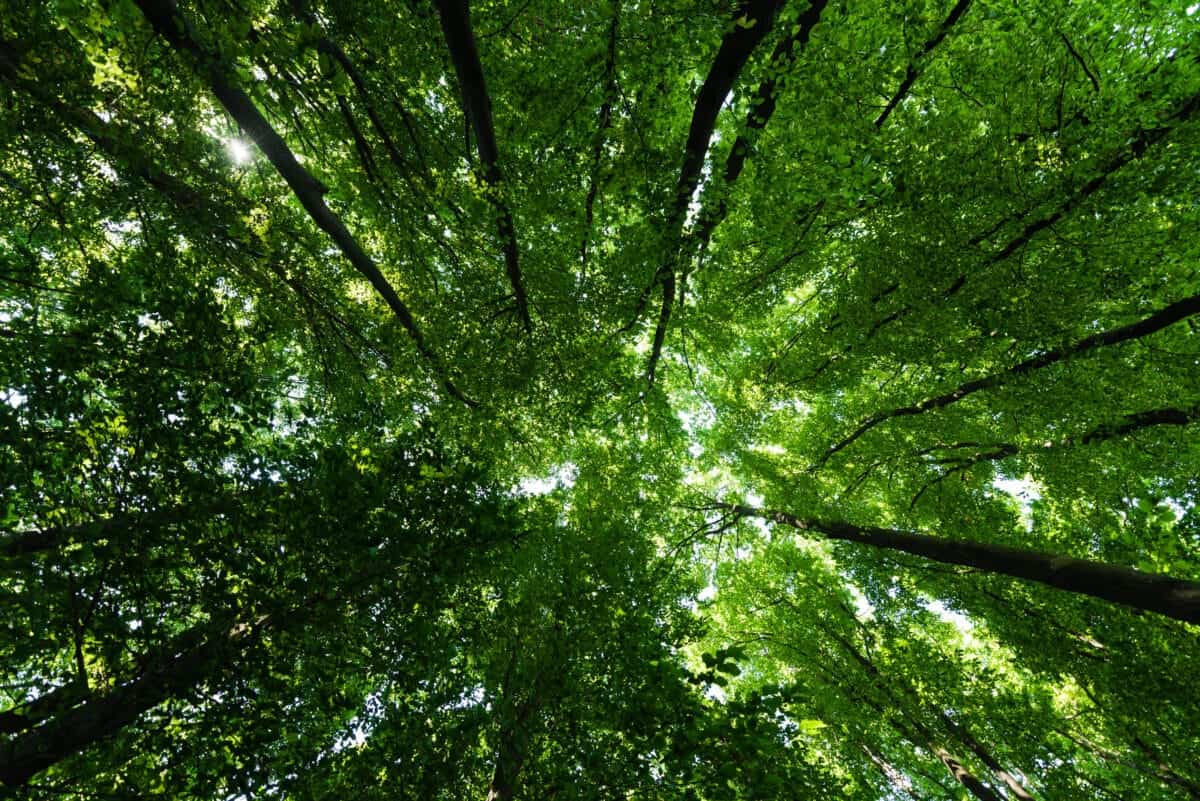
Kim kkadams
Friday 22nd of December 2023
What I wanted to see to begin with it never showed it to me about the biggest python ever